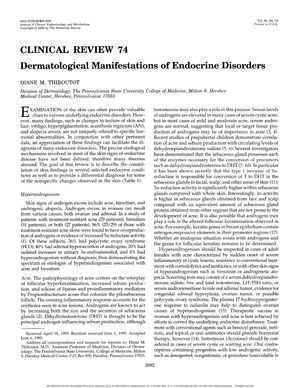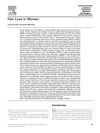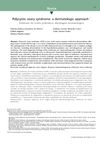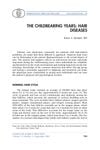Clinical Review 74: Dermatological Manifestations of Endocrine Disorders
October 1995
in “
The Journal of Clinical Endocrinology & Metabolism
”

TLDR Skin changes can indicate hormonal imbalances and help diagnose endocrine disorders.
The 1995 document reviewed skin changes linked to endocrine disorders, noting that symptoms like skin and hair texture changes, vitiligo, hyperpigmentation, acanthosis nigricans, and alopecia areata can indicate hormonal imbalances but are not exclusive to specific endocrine issues. It highlighted hyperandrogenism, which can cause acne, hirsutism, and androgenic alopecia, and referenced a study of 87 patients with treatment-resistant acne and/or hirsutism, where 86% had excess androgens or increased 5a-reductase activity due to conditions like polycystic ovary syndrome or adrenal hypersecretion. The review also discussed the pathophysiology of acne, the role of androgens in sebum production, and treatments like finasteride for hirsutism and androgenetic alopecia. It mentioned acromegaly and hyperthyroidism with associated skin changes, and the importance of recognizing these signs for diagnosis and management of endocrine disorders. Additionally, it described various skin conditions associated with diabetes, the occurrence of alopecia areata in families with autoimmune endocrinopathies, and the relationship between alopecia areata and chronic diseases like thyroid disease.





